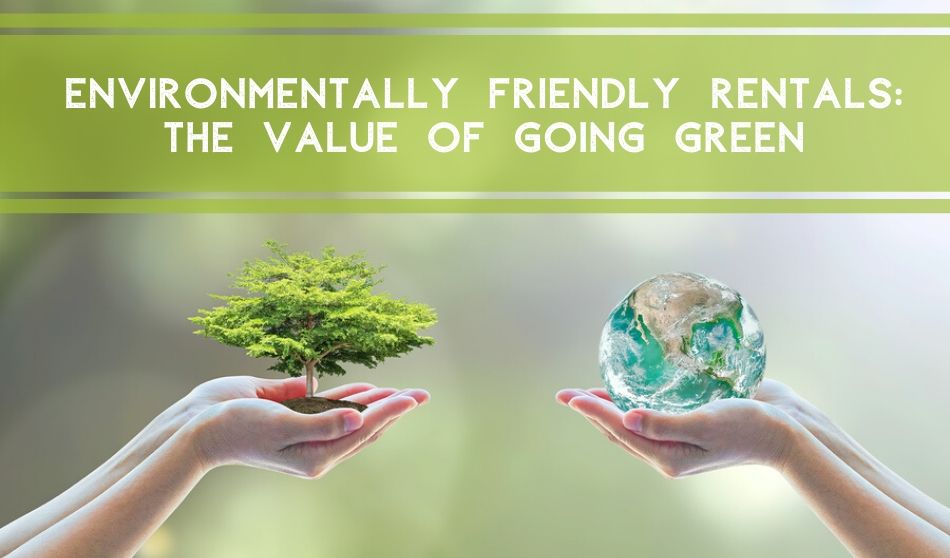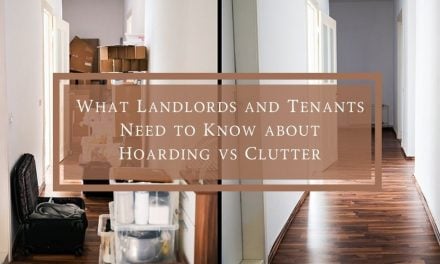
Green initiatives for rental properties, in the past, were the icing on an already scrumptious cake. Not considered necessitous, but a helpful benefit to cut costs and stand out among other properties in your area, going green was, overall, optional. However, as Millennial and Gen Z renters’ share in the tenant pool grows larger, becoming eco-conscious is a must.
As rental property owners, landlords have an opportunity to make a positive impact on the environment by taking steps to address green initiatives for their rental homes.
Not only will an environmentally conscious landlord contribute towards global conservation efforts but their green properties are considered more desirable by renters.
According to a study by J Turner Research for Multifamily Executive magazine, apartment shoppers are increasingly considering green features as must-haves when searching for apartments. This is especially true for Millennial renters who claim they are even willing to pay more for sustainability and energy-efficiency housing.
Strata research reported in 2013, 64% of young adults in the 18-33 age group said they were willing to pay higher rent rates to live in a green apartment community. Considering millennials make up a significant part of the rental population, landlords should pay attention to taking green steps that will not only help fill vacancies faster but could also justify charging a higher monthly rent.
Top Green Features Valued By Tenants
J Turner Research’s Survey for MFE revealed the top green features tenants value in rental properties detailed below:
1.Efficient Appliances
Survey respondents rated energy-efficient appliances as the most important green feature they desired in an apartment. Besides the good conscious feeling of using environmentally approved appliances, renters as much as $400 a year on utility bills.
2. Walkability
A landlord that highlights the walkability of their property can appeal to renters who rated this as the second most important green feature in a rental property. Walkability involves proximity to shops, work, restaurants, parks, and public transportation – any form of urbanism or social activity that does not require driving.
3. Recycling
As the 3rd highest rated green feature, recycling is one of the easiest (and least expensive) areas for a landlord to influence. In multi-family communities, consider offering recycling collection containers with easy to follow guidelines on recycling materials. For single-family homes, landlords can offer literature about recycling curbside.
More Ways to Go Green
To further your green efforts, there are a few other ways a landlord can support environmentally conscious behavior.
1. Insulate your doors and windows
Heat and cold can escape a home that is not properly insulated. Weatherstripping is an easy and cost-effective way to help your tenants spend less energy and money heating or cooling their house depending on the season.
2. LED Lighting
LED bulbs use less energy and can have an added savings of around $500 a year on utility costs for your tenants. LED bulbs can last longer than traditional light bulbs, so your tenants won’t need to replace them as often.
3. Go Paperless
One of the easiest ways a landlord can go green is by reducing their carbon footprint from business activities. Using property management software allows landlords to accept rental applications online, store important documents online and send emails instead of printing invoices or notifications, reducing the need to use paper for management tasks. The right property management software also allows you to collect rent payments online, eliminating the need for your tenants to drive to a rent to drop off location.
Final Thoughts
Landlords who value green initiatives and market a property’s environmentally friendly features will appeal to a wide range of renters, especially in the millennial cohort. A great place to start is to analyze your property’s energy efficiency by conducting an energy audit. An energy audit assesses how much energy a home uses to help the homeowner evaluate what measures can be taken to improve efficiency.
By taking advantage of the resources available to landlord’s to improve energy efficiency, you will make a positive impact on the environment and build a sense of pride among your tenants who value green features in their rental homes.





Trackbacks/Pingbacks